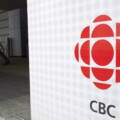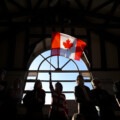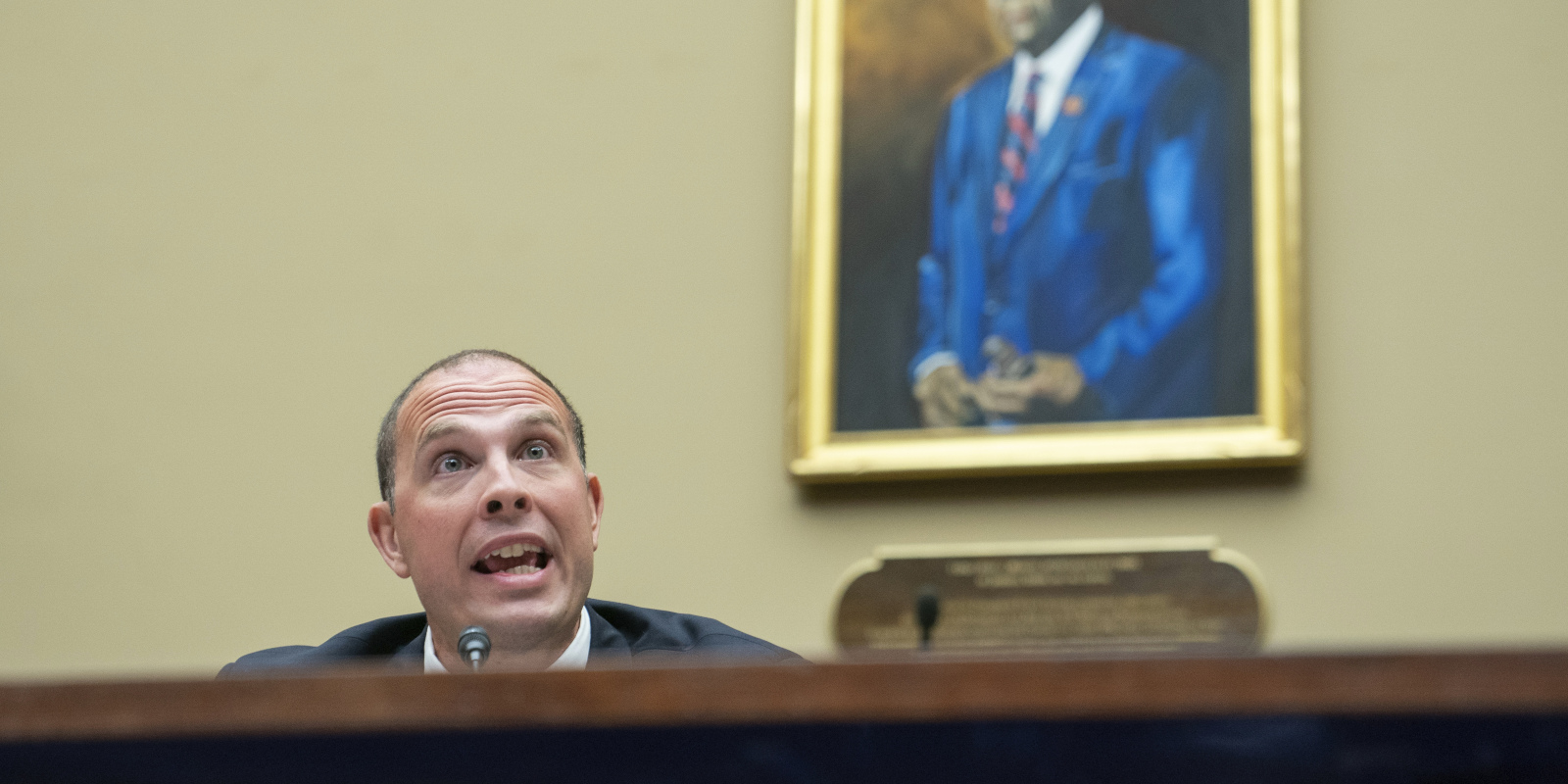The U.S. Congress heard last week that the American government possesses “non-human biologics,” presumably alien life forms recovered from fallen spaceships.
And the incredulity of the U.S. lawmakers was tempered by the fact that they were hearing from three apparently credible witnesses, including retired United States Air Force Major David Grusch, who was part of the Pentagon’s Unidentified Anomalous Phenomena (UAPs) task force.
Among the claims made by Grusch at the congressional subcommittee investigating the issue were that the U.S. has been collecting UAPs for decades and that the program is beyond congressional oversight and funded by misappropriated funds. Although Grusch said he hadn’t personally seen any UAPs, he told lawmakers that his comments were based on interviews with dozens of witnesses.
Along with Grusch, other Americans with a “longstanding track record of legitimacy and service to this country,” have reported their own UFO/UAP sightings or signaled publicly that they’ve seen enough information so as to take them seriously. One of them was former President Barack Obama, who, when asked about the potential existence of UAPs and the U.S. government’s knowledge of them, noted that “there is footage and records of objects in the skies that we don’t know exactly what they are.”
A recent Pentagon report found little evidence of alien activity on Earth, but didn’t rule it out, either. More likely, the Pentagon believes, the reports are caused by optical illusions, drones, balloons or the lights from commercial airlines.
Lawmakers on the committee said it was an urgent issue to solve because, whether the sightings were alien activity or a rogue civilian drone, they could interfere with air travel and military activity.
But where does Canada fit into all this? Over the past few years, sightings of UFOs in Canadian airspace have become common.
According to Chris Rutkowski, with Ufology Research based out of Winnipeg, in Canada alone there were 768 UFO sightings in 2022, which is equivalent to two reported sightings per day. In an interview with the CBC, Rutkowski estimated that roughly 13 percent of sightings couldn’t be explained by natural phenomena.
To Canada’s former defence minister, Paul Hellyer, none of this would have come as a surprise.
Hellyer served as Canada’s minister of national defence under Lester B. Pearson from 1963 to 1967 and is widely recognized as the man who orchestrated the controversial unification of the Canadian Armed Forces. But, to some, he is better known as the first member of cabinet rank from a G8 country to publicly claim the existence of extraterrestrial life and UAPs.
While acting as defence minister, Hellyer mostly ignored reports of UAP sightings, stating in an interview with Vice in 2013 that he was “too busy unifying the Canadian Armed Forces to be able to worry about them.” However, as reports of UAP sightings began to pile up, Hellyer had trouble ignoring them comfortably.
After reading The Day After Roswell, a book claiming that the U.S. government covered up a UFO crash in 1947, his agnosticism dissolved into curiosity and partial belief. In the early 2000s, Hellyer was introduced to a United States Air Force general who encountered UAPs in his career. As Hellyer put it, the general greeted him by saying, “Every word of [The Day After Roswell] is true, and more.”
Hellyer claimed the general told him that there have been numerous occasions when U.S. government officials have been face-to-face with alien life forms. Shaken by the supposed lack of transparency from the U.S. government, Hellyer decided to go public with his newfound beliefs.
Until his death in 2021, Hellyer was adamant that aliens and UAPs existed and claimed so publicly since the early 2000s but no government, person, or respected organization on the planet had physical and publicly available proof of alien life, leaving most people skeptical of Hellyer’s argument.
He was seen as a conspiracy theorist; Maclean’s called him a “crazy person” in a 2015 article before he made his way around the country on the Disclosure Canada Tour to discuss “Earth’s cosmic Watergate.” After all, Hellyer said that there were up to 80 different alien species that have visited Earth, the proof for which was nonexistent.
The testimony given at the recent subcommittee hearing was reminiscent of the claims that Hellyer made, including that the U.S. government has been operating with utmost secrecy in relation to UAPs and that the U.S. government has been recovering large pieces of destroyed unearthly crafts for decades.
Recommended for You

Need to Know: Legacy media has a diversity problem

‘A celebration of the spirit of Alberta’: Ryan Hastman on the political, economic, and cultural importance of the Calgary Stampede

‘Can we actually be an independent country?’: Michael Ignatieff on the 60th anniversary of Lament for a Nation

Fred DeLorey: Why the NDP may be in even bigger trouble than we think




